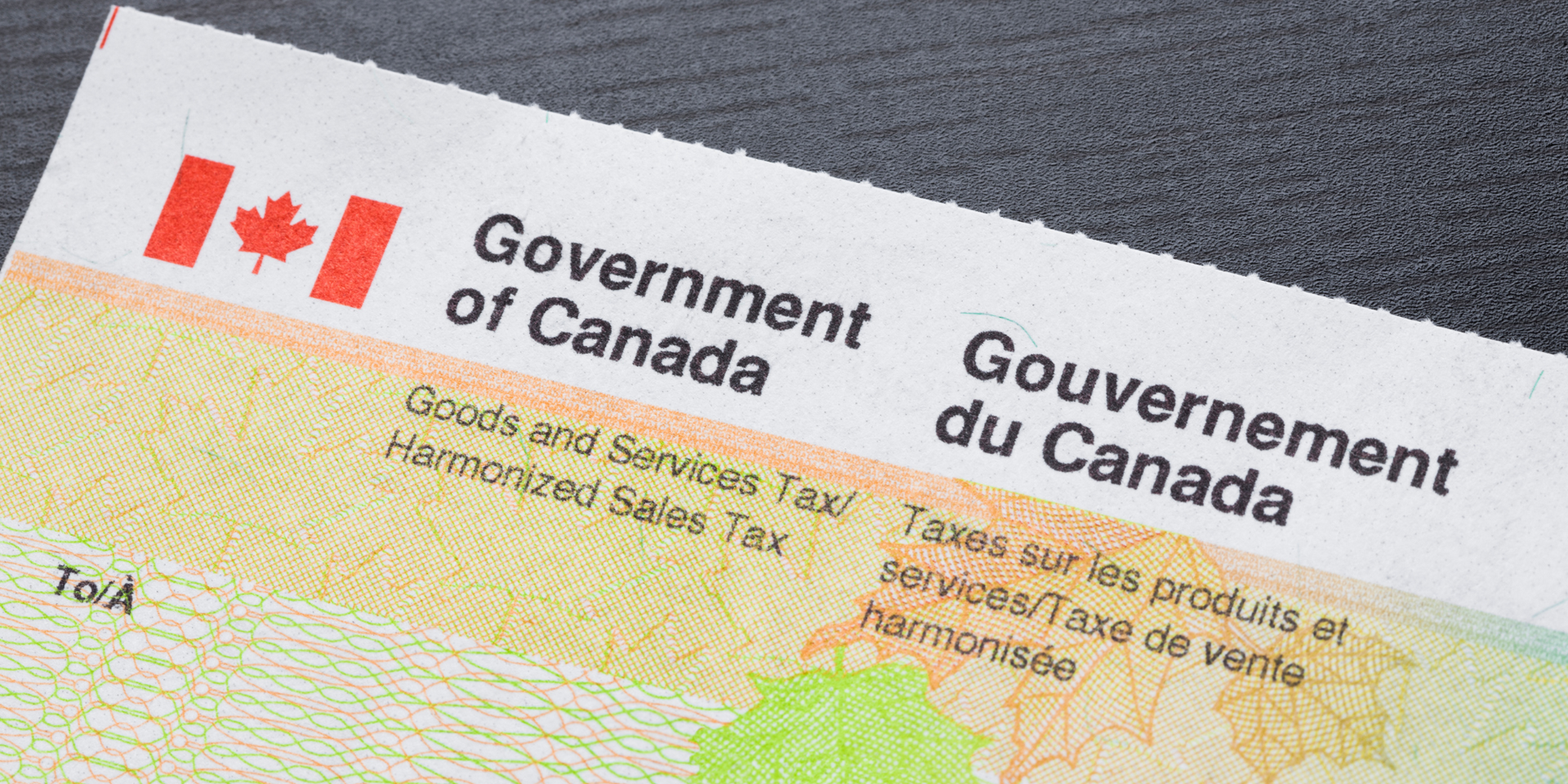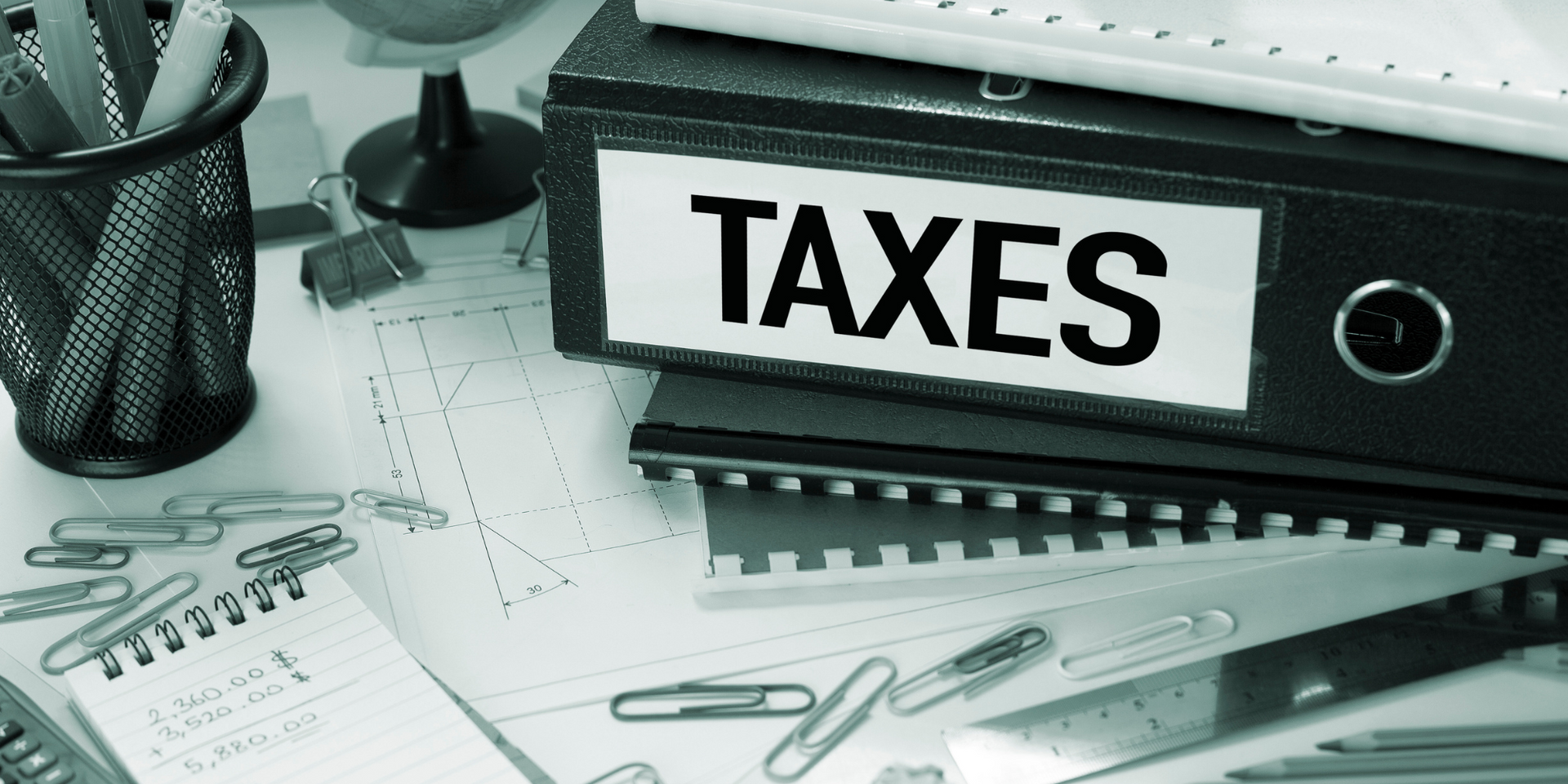Understanding the Registered Disability Savings Plan (RDSP): A Comprehensive Guide
Managing finances can be especially challenging for individuals with disabilities, but the Canada Revenue Agency (CRA) offers a helpful solution through the Registered Disability Savings Plan (RDSP). Designed to provide long-term financial security, the RDSP allows individuals with disabilities to save for their future with additional support from government contributions.
Let's explore the RDSP, its benefits, and how it can support individuals with disabilities and their families.

What is an RDSP?
An RDSP is a savings plan designed to help Canadians with physical or mental disabilities save for their future. Contributions can be made by family, friends, or even institutions, and the government also contributes through grants and bonds, helping savings grow faster. The best part? The investment income within the RDSP is not taxed until it’s withdrawn, giving it ample time to grow.
An RDSP also doesn’t impact eligibility for other disability benefits, making it a valuable tool for securing financial stability.
How does an RDSP work?
The RDSP is set up and managed by a "plan holder," which can be the beneficiary themselves if they are of age or someone else, such as a family member or guardian, on their behalf. Contributions can come from anyone, with the plan holder's consent, and while the beneficiary must be a Canadian resident, contributors do not need to be.
The CRA allows beneficiaries to start making withdrawals based on specific rules, and once the beneficiary reaches the age of majority, they may become a co-holder of the RDSP.
Who is eligible for an RDSP?
To qualify for an RDSP, an individual must:
- Be a Canadian resident
- Have a valid Social Insurance Number (SIN)
- Be eligible for the Disability Tax Credit (DTC), verified through Form T2201, which must be completed by a medical professional and approved by the CRA.
Benefits of an RDSP
The RDSP is a powerful savings tool because of the added support from government programs:
- Canada Disability Savings Grant: This provides matching contributions of up to $3 for every $1 contributed, with a maximum annual grant of $3,500.
- Canada Disability Savings Bond: For low-income individuals, the government may contribute up to $1,000 annually, even if no contributions are made to the RDSP.
The RDSP’s contribution limit is $200,000 over the lifetime of the account, with no annual limit, allowing for flexible contributions over time.
Are RDSP contributions tax-deductible?
No, contributions to an RDSP are not tax-deductible. However, the grants, bonds, and investment income earned in the RDSP are only taxed when they are withdrawn, giving the account time to grow tax-free.
Withdrawing from an RDSP
Withdrawals from an RDSP can be made in lump sums or scheduled payments. However, withdrawing before 10 years after the last government contribution may result in having to repay government grants and bonds. Always check with your financial institution and provincial government for any potential impact on disability benefits.
The Bottom Line
The RDSP is a valuable savings option for Canadians with disabilities, offering substantial government support and tax-free growth. Whether you’re a beneficiary or a family member looking to contribute, this plan can provide significant long-term financial benefits, ensuring a secure future for those with disabilities.
Key Takeaways
- Canadians with disabilities can benefit from an RDSP, which offers government grants and bonds to grow savings.
- Contributions grow tax-free until withdrawal, helping boost long-term financial security.
- With a lifetime contribution limit of $200,000 and no annual cap, RDSPs are a flexible savings tool for future planning.











